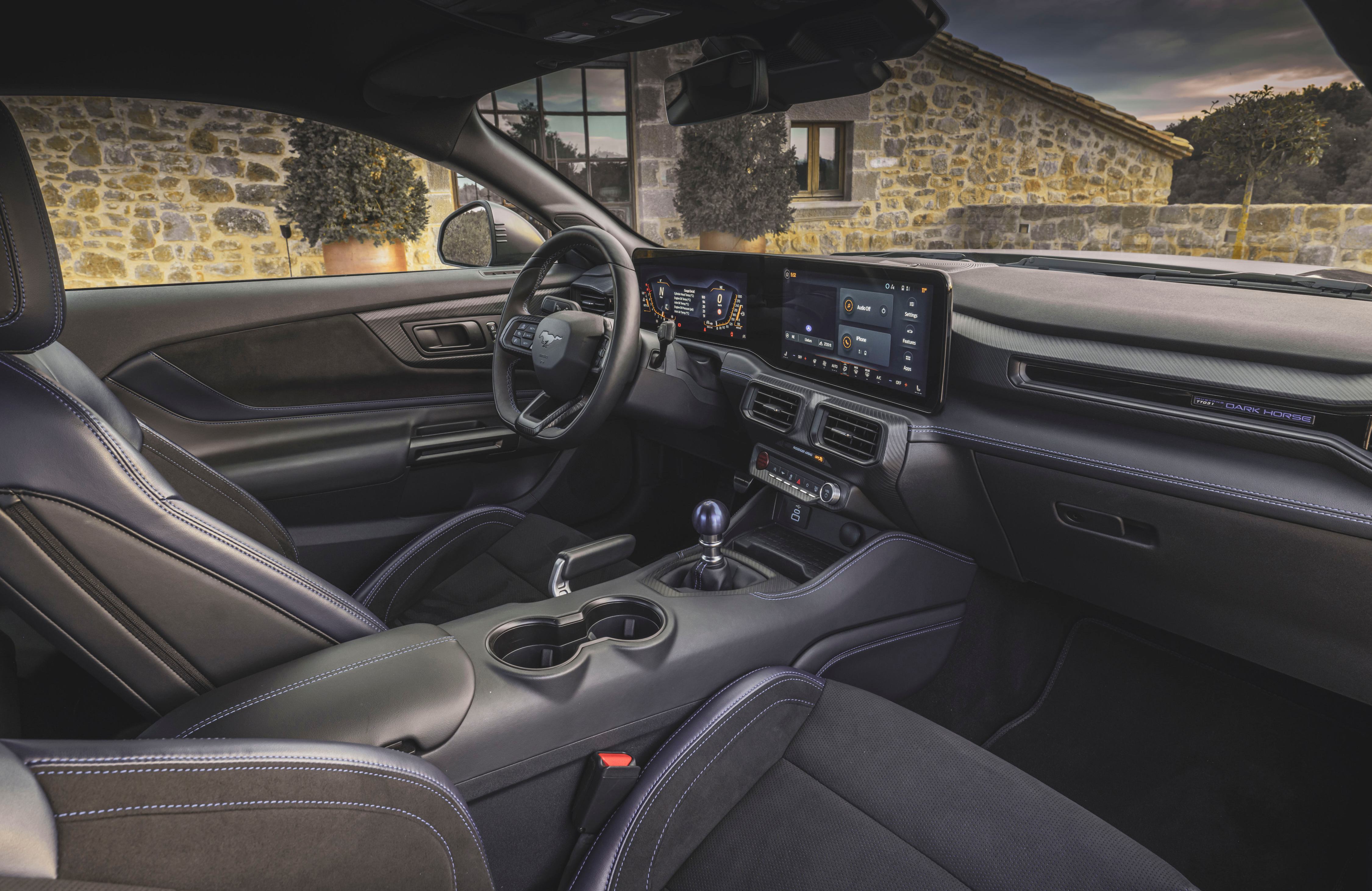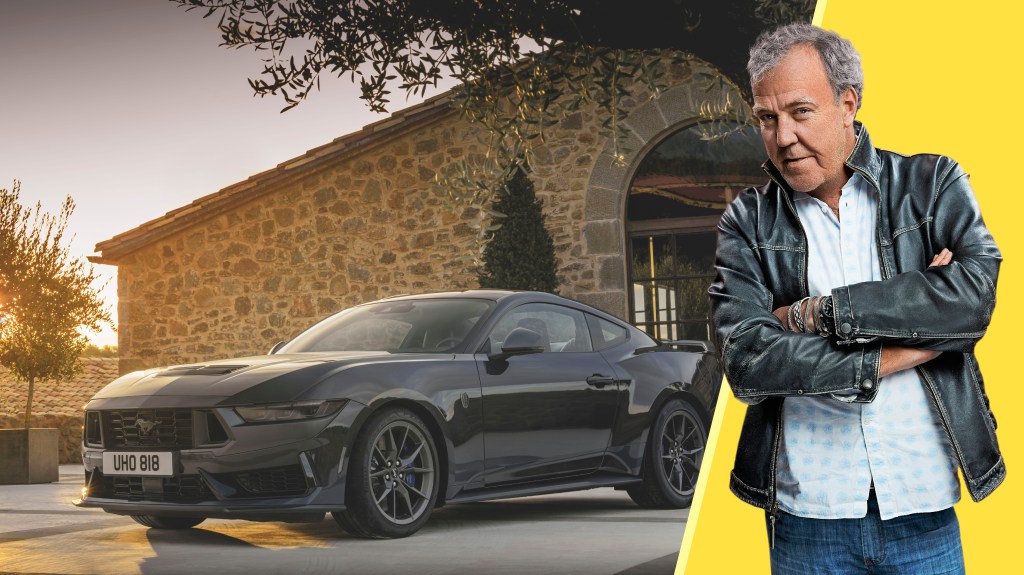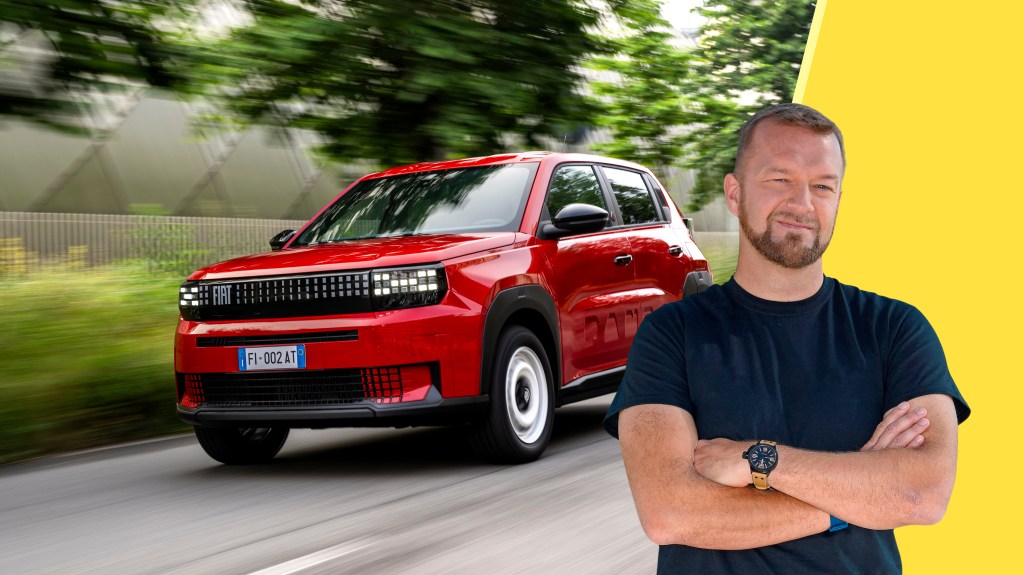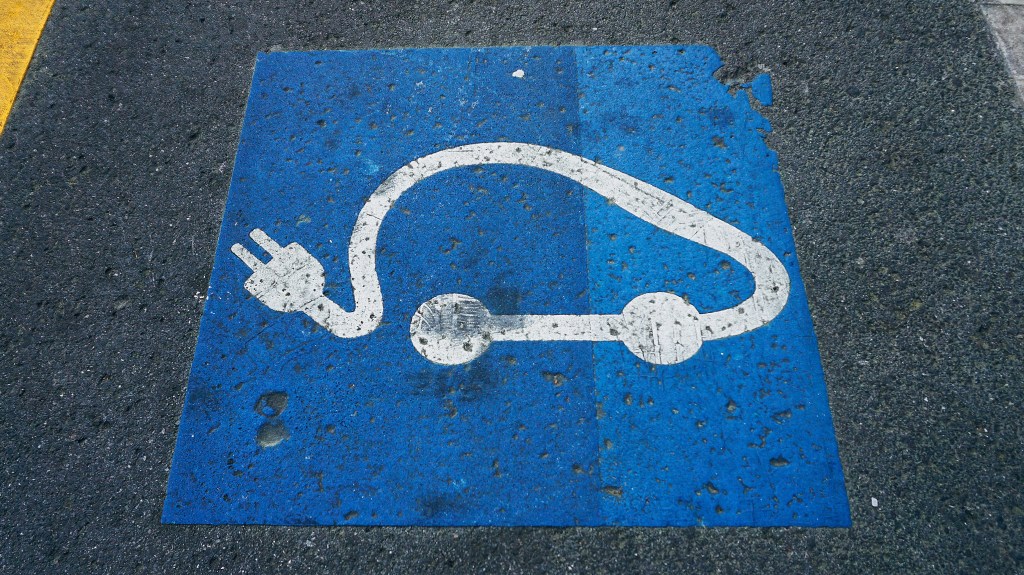The Clarkson Analysis: The Ford Mustang’s Childish and Irresponsible Charm
Initially, I viewed the electric Ford Mustang as a misguided concept. For those who admire Ed Miliband and seek a battery-powered people carrier, announcing ownership of a Ford Mustang feels incongruous. Conversely, Mustang enthusiasts desire a vehicle that resonates with power and presence, not a sound akin to kitchen gadgets nor a design reminiscent of a Hyundai. Essentially, it seemed to cater to no specific audience, which is why, in the last five years, I’ve spotted exactly zero electric Ford Mustangs on British roads.
It’s worth disclosing that I have a long-standing affection for Mustangs. Among the few cars I’ve never owned, the Mustang ranks high on my list, particularly as I enter the era of retirement homes and comfy slippers. Others include the Nissan GT-R and BMW Gran Coupé, but missing out on a Mustang is a glaring oversight.
When Ford introduced the Mustang in 1964, it marked a bold chance for the company to craft a vehicle for a demographic that had yet to emerge. With rock’n’roll just gaining traction, the term ‘teenager’ was still new to the lexicon. During that time, cars were typically purchased by your father, who preferred his pipe.
However, the Mustang hit all the right notes, resonating perfectly with the cultural moment. Within its first two years, the Mustang sold one million units, achieving a record for the fastest-selling new car in American history—an achievement that remains unmatched. Back then, I was navigating life in Doncaster in a heater-less Austin 1100, while the cinema screens showcased Mustangs drifting in clouds of tire smoke, igniting my dreams of driving one. Thus, each time I go to the U.S. and rent a vehicle, I invariably request the bold Ford Mustang. I imagine you might do the same.
Upon seeing the electric variant released in 2021, I assumed the glorious era of the Mustang had come to a close—a belief solidified by the notion that the vibrant, rebellious spirit of youth was quintessentially gone, forced into a responsible early bedtime by age and maturity.
Much to my delight, Ford has unveiled a new rendition of the classic Mustang. Priced at £73,000, the model I experienced is called the Dark Horse. This name resonates well with me, and the details on paper are promising: a robust V8 engine, rear-wheel drive—the quintessential Mustang formula.
In reality, however, the new Mustang raises the stakes, embodying even more of the wild and irresponsible character we adore. It includes a feature that allows the driver to apply brakes to the front wheels while unleashing maximum power to the rear ones. What’s the purpose of this? To create noise and smoke, of course.
The return of the handbrake is another highlight. Unlike many modern cars that employ a button, this Mustang has a traditional handbrake, allowing for rear-wheel locks when navigating turns—something I happily put to use.

Moreover, it is equipped with a traction control system that reacts sluggishly. When pushing the pedal hard in a turn, instead of the usual electronic corrections, you’re met with an exhilarating tail slide, handing complete control back to the driver—as it should be in a car of this caliber.
However, some features feel misplaced in a vehicle like this. For instance, the incessant reminders to keep my hands on the wheel felt unnecessary. Despite my diligent driving, the car persistently nudged me to maintain the ten-to-two grip position. Such nannying should be left behind in a Mustang.
Additionally, the myriad options offered before driving are somewhat excessive. From interior lighting colors to exhaust sounds and dashboard configurations, the overwhelming customization options detract from the raw experience. Whilst I recognize that many appreciate this modern flexibility, it feels out of place in a Mustang. If Steve McQueen’s iconic ’68 GT from Bullitt had been laden with these features, that Dodge he was chasing would’ve reached Sacramento before he even got going.
Surprisingly, during casual driving, the Dark Horse is quite compliant and quiet. While this might be acceptable in standard vehicles, who really seeks serenity in a Mustang? I’m curious about trying the American variant, which packs more power and comes with an enhanced handling pack—though current European emission regulations restrict its arrival here. How times have shifted! I recall when we enjoyed the full-option models while they settled for the lesser versions, but today the tables have turned annoyingly.
On the styling front, the Mustang makes a statement. The front projects an aggressive stance, reminiscent of a shark, while the rear lights maintain that quintessential Mustang flair. My only critique is that the rear wheels appear somewhat out of proportion; they could benefit from being wider for that added flair of childlike enthusiasm. Would this impact ride quality? Absolutely. But that’s beside the point. If you seek the pinnacle of engineering prowess and record-breaking Nürburgring lap times, perhaps a BMW M2 would be more fitting.
I genuinely enjoyed driving the Dark Horse, reigniting a long-held aspiration to own one. Yet, there’s a contemporary dilemma that casts a shadow: the looming, unmistakable identity issue.
Purchasing a car often means embracing an identity linked to its country of origin. Even if a Fiat is designed by a Dane, assembled in France, and powered by a German engine, there remains a strong Italian essence that resonates deeply with enthusiasts.
So, what does it signify to drive a Mustang? It’s hard to escape the association; it might suggest a certain political alignment that doesn’t sit well with everyone. Buying a Mustang inadvertently conveys a message that might scream, ‘I support Trump.’
If this concerns you, then don’t fret; for £70,000, you could acquire a considerable selection of gently used F-Type Jaguars, which share a similar spirit: a big V8 engine at the front and rear-wheel drive. Opting for one of these sends a different message altogether—something more globally resonant, perhaps: ‘Go India.’ In today’s climate, that could be a more appealing sentiment.




Post Comment